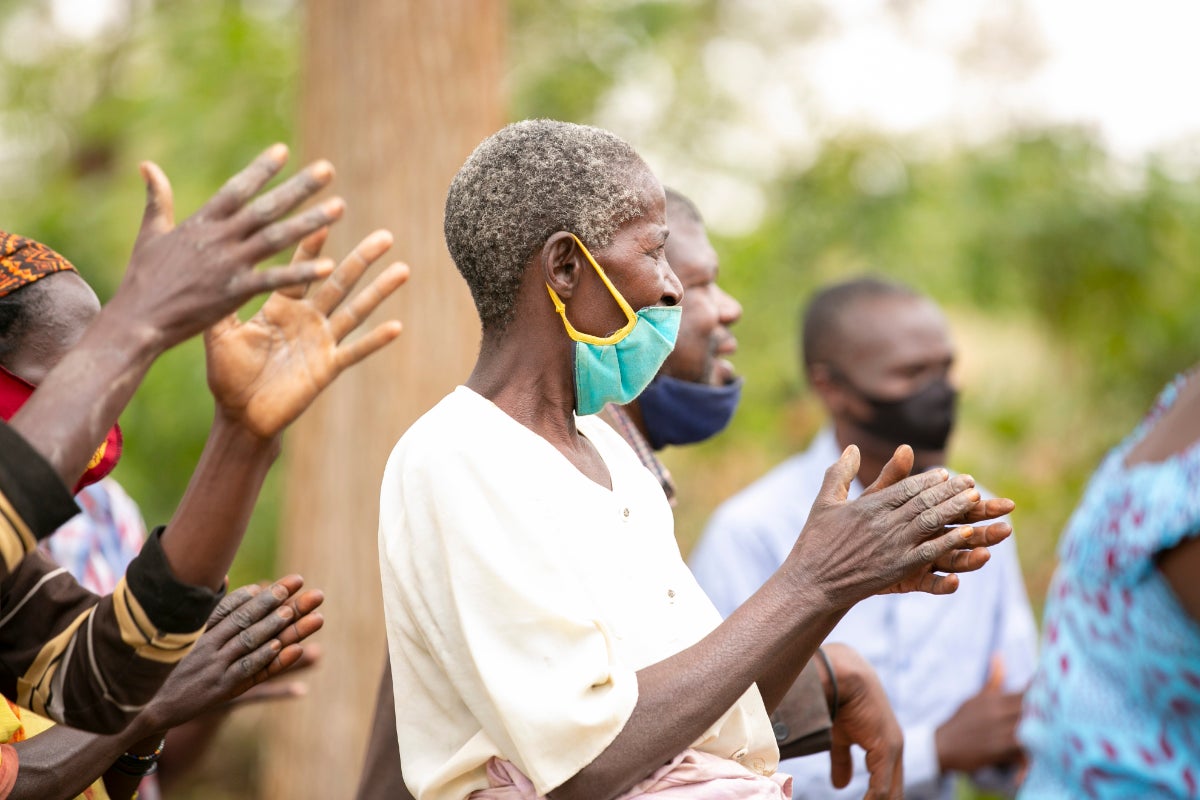
Rwanda: HIV & AIDS

In Rwanda, the current National Strategic Plan (2018-2024) sets out different goals including ensuring equal access to opportunities for people living with HIV (PLHIV). However, despite the existence of gender-sensitive strategies, policies and laws, HIV prevalence in Rwanda remains at 3 percent in the general adult population aged 15-49 and is higher among women than men (3.6% and 2.2%, respectively). Among women, the HIV prevalence increases from 1% at age 15-19 to a pick of 8% at age 40-44 and down to 6% at age 45-49. (According to the Demographic Health Survey 2015)
Addressing gender inequalities and the structural barriers that underpin women and girls’ vulnerability to HIV infection is increasingly being recognized as being an essential component in efforts to eradicate HIV/AIDS. In a bid to unlock barriers affecting the economic empowerment of women living with HIV (WLHIV) in Rwanda, through UBRAF funding, UN Women together with its partners are complementing National efforts to enhance the socio-economic livelihoods of WLHIV, and their equitable participation in national development plans.